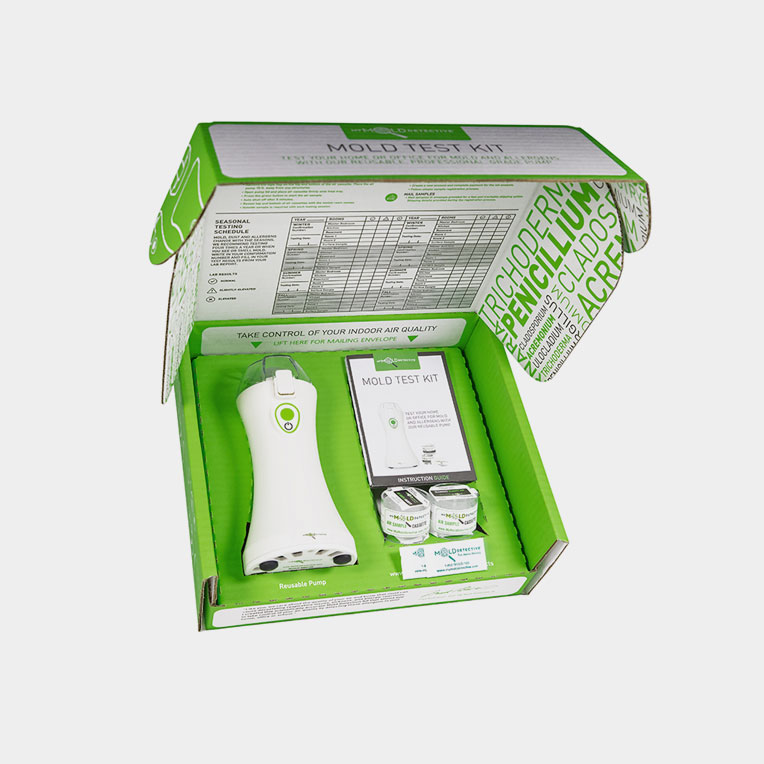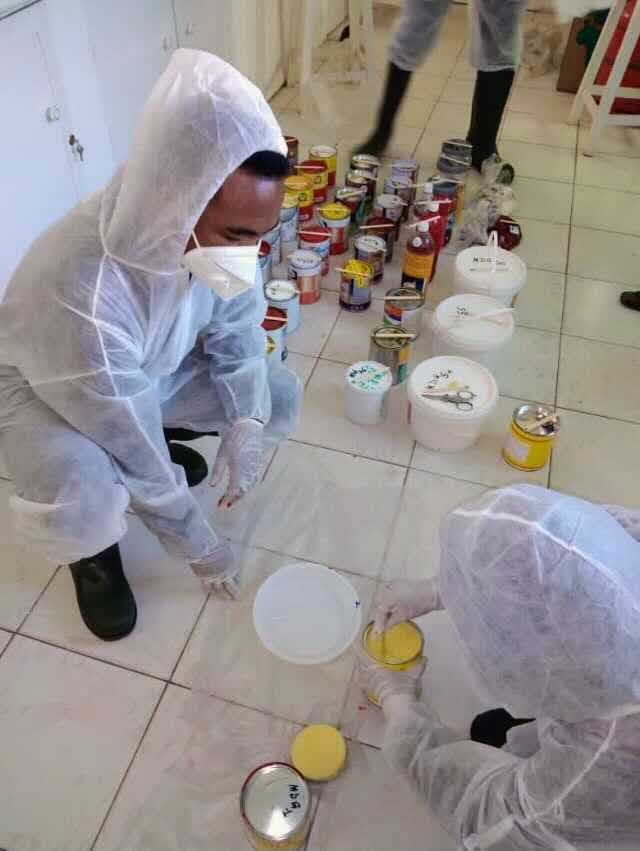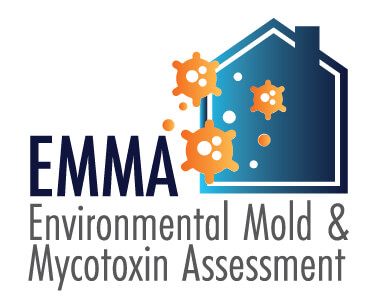The Requirement of Mycotoxin Checking in Agricultural Products to Make Certain Consumer Security
The need of mycotoxin testing in agricultural products is a vital element of public wellness and security that calls for comprehensive examination. Mycotoxins, toxic compounds created by particular fungis, can penetrate numerous plants, leading to considerable wellness risks for consumers, such as carcinogenic results and organ damages.
Recognizing Mycotoxins
Mycotoxins, harmful secondary metabolites produced by certain fungis, offer a significant danger to farming items and human health. These compounds are created by various varieties of molds, such as Aspergillus, Fusarium, and Penicillium, which can pollute crops both pre- and post-harvest - Mycotoxin testing Services. The most usual mycotoxins consist of aflatoxins, ochratoxin A, fumonisins, zearalenone, and deoxynivalenol (DON)
Mycotoxin contamination can occur under details ecological conditions, such as high moisture and temperature, which favor the development of mold. Agricultural products like grains, nuts, seasonings, dried fruits, and coffee are particularly prone. The visibility of mycotoxins in these assets can cause significant financial losses because of reduced crop returns and the necessity for strenuous screening and decontamination procedures.
Understanding the biochemical nature and formation of mycotoxins is crucial for creating effective reduction methods. Research has actually revealed that mycotoxins exhibit a variety of chemical structures and residential or commercial properties, making discovery and elimination tough. Advanced analytical techniques, consisting of chromatography and mass spectrometry, are utilized to recognize and quantify mycotoxins in agricultural items, making certain that contamination levels continue to be within secure limitations developed by regulative bodies.
Wellness Threats of Mycotoxins
Given the substantial risks linked with mycotoxins in farming items, understanding their influence on wellness is extremely important. Mycotoxins, poisonous second metabolites generated by fungis, pose severe threats to both animal and human health and wellness.
Severe mycotoxin poisoning, although less usual, can cause serious and prompt health issue such as liver damage, gastrointestinal disruptions, and hemorrhaging. Ochratoxin A, an additional potent mycotoxin, is linked to kidney damages and has potential carcinogenic effects. Fumonisins, primarily influencing maize, are linked with esophageal cancer cells and neural tube issues.

Typical Sources of Contamination
Comprehending the typical resources of contamination is critical for successfully taking care of and alleviating the risks positioned by mycotoxins. Mycotoxins are harmful secondary metabolites produced by specific sorts of fungi, which can contaminate farming items at different phases of processing, storage space, and production. The key sources of contamination include area problems, post-harvest handling, and storage settings.
Area problems play a significant role, with factors like climate, crop vulnerability, and soil wellness influencing fungal growth. Plants such as corn, peanuts, wheat, and tree nuts are especially vulnerable to mycotoxin-producing fungi like Aspergillus, Fusarium, and Penicillium types. Poor pop over to these guys plant rotation and poor bug administration can intensify the threat of contamination.
Post-harvest handling is one more vital phase where contamination can occur. Mechanical damages throughout harvesting and transport develops entrance factors for fungis, while improper drying methods can leave moisture levels high sufficient to support fungal development.
Storage environments contribute significantly to contamination dangers. Poorly maintained storage space facilities with high humidity and temperature level levels produce suitable conditions for mycotoxin production. Normal inspections and correct storage space conditions are essential in curbing this danger.
Mycotoxin Examining Approaches
Effective administration of mycotoxin contamination pivots not just on identifying potential resources however also on implementing robust testing methods to detect these hazardous compounds. Mycotoxin screening techniques can be broadly classified right into immunochemical and chromatographic techniques. High-performance liquid chromatography (HPLC) and gas chromatography-mass spectrometry (GC-MS) represent advanced chromatographic approaches understood for their high level of sensitivity and precision. These methods are adept at measuring multiple mycotoxins in complicated matrices, making them vital for complete evaluation.
On the various other hand, enzyme-linked immunosorbent assay (ELISA) and side flow assays project immunochemical methods. ELISA, specifically, is extensively made use of due to its cost-effectiveness, ease of usage, and fast turnaround time. Side flow assays supply quick, see here on-site screening capacities, making them suitable for area applications where instant decisions are essential.
In addition, innovations in molecular biology have actually presented PCR-based approaches with the ability of finding mycotoxin-producing fungis at genetic degrees, providing a predictive approach to contamination threat. Integrating these diverse approaches improves the dependability and comprehensiveness of mycotoxin discovery, making certain that farming products satisfy security standards and shielding consumers from prospective health and wellness risks.
Benefits of Routine Evaluating

Routine mycotoxin testing offers substantial you can try this out benefits that significantly bolster agricultural safety and security and top quality. Mycotoxins, poisonous compounds generated by specific fungis, can pollute food and posture serious health risks, including cancer and acute poisoning.
Furthermore, constant screening aids in keeping the integrity and credibility of farming producers. By carefully checking and managing mycotoxin degrees, producers can avoid legal effects and costly recalls. This not just makes sure conformity with rigorous worldwide safety and security criteria yet additionally cultivates consumer trust fund and loyalty.

Conclusion
The requirement of mycotoxin testing in farming items is underscored by the considerable health and wellness threats positioned by these harmful substances. Making sure customer security calls for the identification and removal of polluted items from the supply chain. Routine screening not only minimizes the risk of acute poisoning and chronic health and wellness problems but additionally supports conformity with security standards. Moreover, it enhances the credibility of producers and cultivates trust within the farming supply chain, inevitably protecting public wellness.
The need of mycotoxin testing in agricultural products is a vital aspect of public wellness and safety and security that warrants detailed evaluation. Mycotoxins, poisonous substances produced by specific fungis, can infiltrate various crops, leading to significant wellness dangers for consumers, such as cancer causing effects and organ damage.Mycotoxins, hazardous second metabolites produced by particular fungi, provide a substantial threat to farming items and human health.Given the considerable dangers connected with mycotoxins in agricultural items, comprehending their impact on health and wellness is paramount (Mycotoxin testing Services).The requirement of mycotoxin testing in agricultural products is emphasized by the substantial health risks posed by these toxic substances
Comments on “Choosing the Right Mycotoxin testing Services for Your Organization”